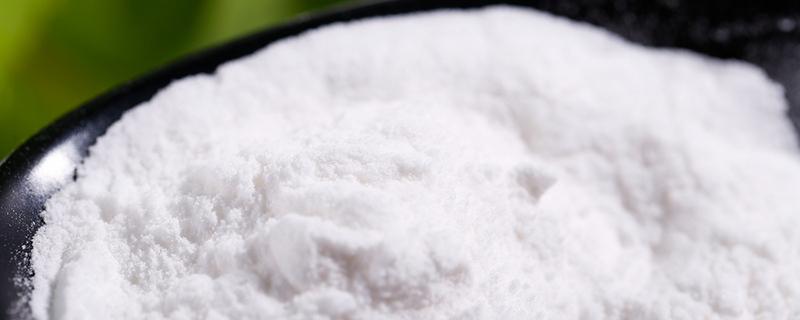Four major modification technologies of hydrotalcite

Hydrotalcite (Layered Double Hydroxides, LDHs) is a layered inorganic carrier functional material, the interlayer anions are exchangeable, and the quantity and type can be strategically adjusted according to actual needs. The tunable denaturation characteristics of this composition and structure of LDHs make them one of the materials with research potential and application prospects in the fields of industrial catalysis, photoelectrochemistry, drug release, plastic modification, and wastewater treatment.
Because LDHs are highly hydrophilic inorganic substances, and the interlayer spacing of the lamellar structure is small, the compatibility with polymers is poor, and the nano-scale dispersion of LDHs is not easy to achieve. In addition, the exchangeability of anions between LDHs layers makes the modified LDHs have specific functional properties. Therefore, LDHs need to be modified to improve the interfacial properties and expand the application range.
There are many modification methods for LDHs, and the appropriate method can be selected according to the required properties and application fields of synthetic materials. Among them, the most commonly used methods mainly include co-precipitation method, hydrothermal synthesis method, ion exchange method and roasting recovery method.
1. Co-precipitation method
Co-precipitation is the most commonly used method for the synthesis of LDHs. Add the mixed aqueous solution containing a certain proportion of divalent and trivalent metal cations into the alkaline solution, control the pH value of the system, maintain a certain temperature, react under constant and rapid stirring until the solution precipitates, and continue to age the precipitate for a period of time , and then filtered, washed and dried to obtain LDHs solid. Usually nitrates, chlorides, sulfates and carbonates can be used as metal salts, and the commonly used alkalis can be selected from sodium hydroxide, potassium hydroxide and ammonia water. The co-precipitation method has the advantages of simple process method, short synthesis period, easy control of conditions and wide application range. Various compositions and types of LDHs can be prepared by using different anions and cations.
2. Hydrothermal method
In general, the hydrothermal method does not require high temperature treatment, and can control the crystal structure of the product to obtain LDHs with obvious layered structure. The mixture was placed in an autoclave, and at a certain temperature, static reactions of different durations were performed to obtain LDHs.
3. Ion exchange method
The ion exchange method is to exchange the interlayer anions of the existing LDHs with other guest anions to obtain a new type of guest LDHs compound. The number and type of anions between the layers can be adjusted according to the desired properties. The guest anion, exchange medium, pH and reaction time all have a great influence on the ion exchange process.
4. Roasting recovery method
The roasting recovery method is divided into two steps. The LDHs were first calcined at high temperature at 500–800 °C, and the interlayer CO32−, NO3− or other organic anion molecules could be removed after the calcination process. The lamellar structure collapsed to obtain Layered Double Oxides (LDO). Then, according to the memory effect of LDO, it absorbs anions to reconstitute into LDHs in aqueous solution. The advantage of the calcination recovery method is that the desired anionic hydrotalcite can be obtained in a targeted manner, and it can eliminate the competition with organic anions, improve the acid resistance, and be applied in a wider pH range. It should also be considered that too high calcination temperature may destroy the layered structure of hydrotalcite. In addition, attention should be paid to the concentration of anionic media during recovery.
